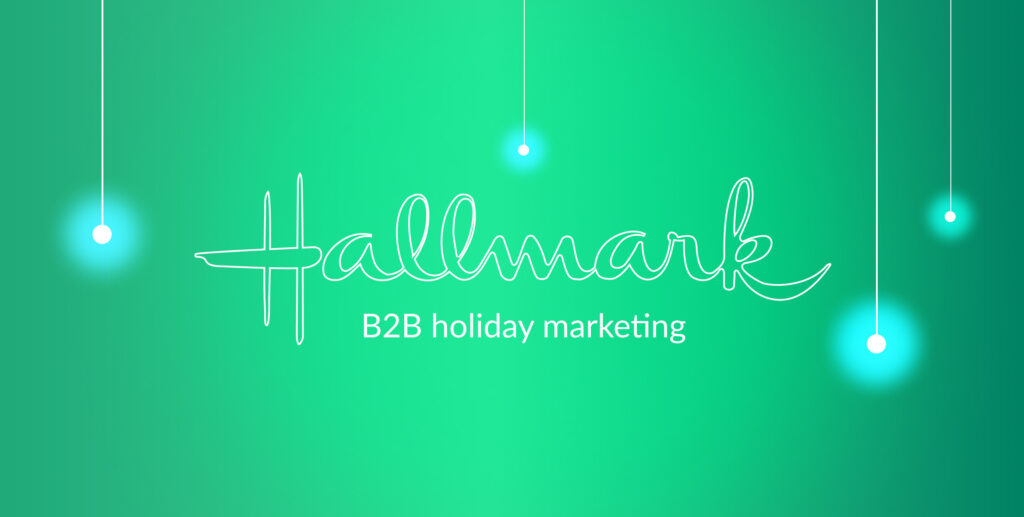Over the past year, content marketing has shouldered a large share of responsibility, carrying the weight of hastily adapted marketing plans and campaigns. At a time of cancelled events and closed doors, content marketing stepped in to salvage the unexpected challenges of a fully digital marketing campaign.
And if there is anything to be learnt from this, it’s that content marketing is here to stay. In fact, 80% of business leaders believe content marketing is now critical to business growth.
Even as the world returns to some level of normality, tech B2B players are still struggling to utilise their content effectively. And there’s a lot to think about. What type of channel should you use? How do you create stand out content in an increasingly crowded space, with endless competitors vying for audience attention? In fact, 34% of marketers report finding new ideas for their strategies as the biggest challenge.
Fellow tech marketers fret no more. We’ve put together a list of the four most common B2B content marketing challenges our clients come to us about and explain how to solve them.
Creating quality content that resonates
As many tech B2B marketers have come to realise, creating high-quality content is more difficult than first realised – and it’s not just about the written word. Design, subject matter expertise and creativity are just some of the other considerations that are critical when it comes to creating high-quality content. You must offer value to your tech niche undoubtedly already crammed with competitors looking to do the same thing. So, how do you approach creating quality content?
First, there’s no harm in repurposing old content, especially content that performs well. Recycle content by putting it on a different platform or turning key information into a short video or infographic. Second, remember your target audience. What do they come to you for? Software solutions? Data insights? Research industry trends and what your competitors are talking about to give you a steer on ideas and tailor them to your audience.
Remember to also create a variety of content. Videos, case studies and infographics are all useful tools to navigate the varied B2B landscape.
Speed versus quality
Consistent content generation is different to a good balance. Pump out too much tech content, the quality will suffer. You risk overwhelming your audience with content that can put them off. Too little content and you’ll be missing out on higher conversion rates and 3.5 times more traffic. Finding the sweet spot is key.
Having a solid lead generation strategy or revitalising an existing one lies at the heart of the solution to finding the balance. Plan three, six months or even a year in advance to help you generate consistent high-quality content. A content strategy will also help you properly benchmark your performance and help you see what’s working well and what you need to change moving forward.
Measuring the success of your content
This is a challenge every marketer faces. How do you demonstrate the value of your blogs, videos or infographics or any other content assets you create? As a business, it comes down to the simple cost versus profit equation. Is the marketing investment demonstrating acceptable ROI?
If you haven’t already invested in a tool to analyse and monitor metrics such as backlinks and traffic to and from your content, then this is the first step you need to take. The right analytical tools such as Google Analytics and Google Console will help you fully visualise how hard your content is working. Pardot and Hubspot are also useful tools that will track a visitor to your website end-to-end and show you if they click a CTA or download a whitepaper.
Choosing the right channels
Audiences have a wide range of channels to choose from when it comes to consuming content and they’ll all have their preferences on which to use. For B2B marketers, it can be overwhelming and difficult to identify the best approach to engage with these audiences. Like many aspects of content marketing, identifying which channel will be most effective takes time. Organic traffic is a tech marketers ally. Because organic users are using specific keywords and phrases, they land on your website with specific intent. If you provide a solution to their problem, then that’s a win. The first five organic results account for 67.60% of all the clicks for a search term. But organic reach through Google has limitations.
Paid channels help top up the organic traffic. 68% of marketing leaders stated that paid advertising is “very important” or “extremely important” to their overall marketing strategy. In other instances, email marketing might be more effective. Marketers who use segmented email campaigns have seen as much as a 760% increase in revenue. Industry publications are also an effective way of promoting your content.
To summarise
It’s more important than ever to personalise content to cut through the noise in a crowded tech B2B arena and create content that hits home with your audience.
Content has the potential to drastically increase the perceived value of your business with prospects and leads but it is up to marketers to choose the right content and the right medium at the right point in the sales journey to encourage success.
Get in touch with us at hello@isolinecomms.com to find out how we can help you to overcome your content marketing challenges and improve audience engagement.
Photo by Miguel Pereira from Unsplash



